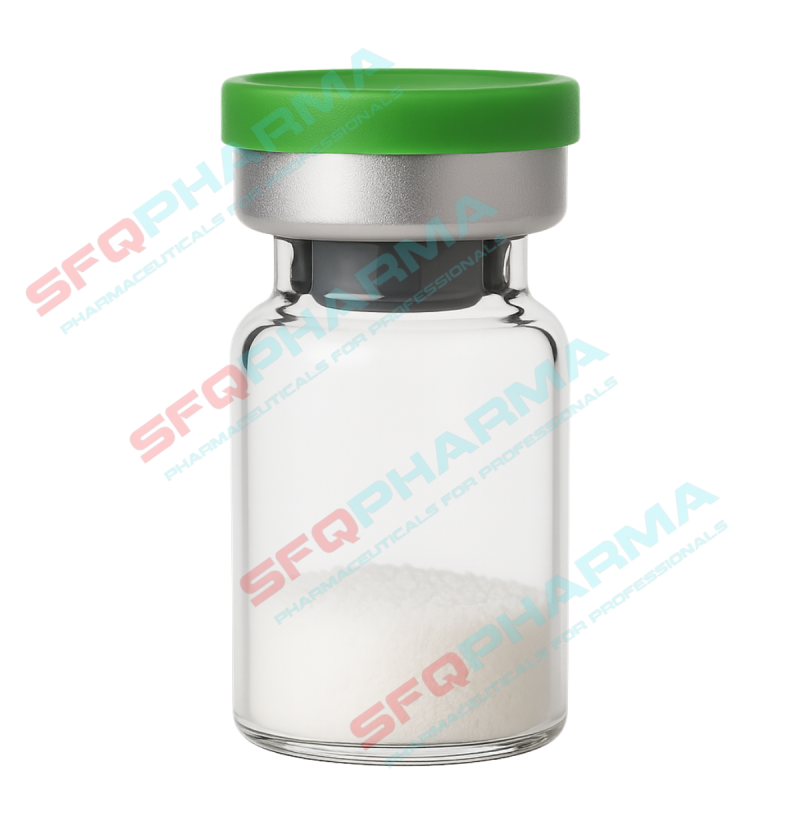Retatrutide 5mg
What is Retatrutide?
Retatrutide is an experimental medication being studied for its potential in treating obesity and type 2 diabetes. As part of a new class of drugs called GGG tri-agonists, Retatrutide works by targeting three hormone receptors in the body:
-
Appetite control
-
Feeling of fullness
-
Metabolism regulation
By acting on these pathways, scientists hope Retatrutide will help with significant weight loss.
How is Retatrutide Used in Clinical Studies?
1. Administration
-
Injection: Retatrutide is administered as a subcutaneous (under the skin) injection.
-
Frequency: Most studies use a once-weekly injection.
-
Injection Sites: Common sites include the abdomen, thigh, or upper arm. Injection spots are rotated weekly.
2. Dosage in Trials
-
Start Low: Dosing typically begins low (e.g., 0.5 mg, 1 mg, or 2 mg per week).
-
Gradual Increase: If well-tolerated, the dose is slowly increased (titrated) over time.
-
Maximum Studied Doses: Some studies go up to 12 mg per week or more.
-
Supervised by Doctors: All dosing is strictly managed by clinical trial doctors.
3. Medical Supervision
-
Close Monitoring: Participants are supervised by doctors and research staff.
-
Regular Safety Checks: Health and side effects are monitored throughout the study.
-
Expert Guidance: Only professionals can determine safe and effective use in a research setting.
What Do Researchers Hope Retatrutide Can Do?
Early and ongoing trials suggest Retatrutide could:
-
Promote significant weight loss at higher doses.
-
Improve metabolic health (e.g., blood sugar, cholesterol).
Possible Side Effects Seen in Studies
The most common side effects reported are:
-
Nausea
-
Diarrhea
-
Vomiting
-
Constipation
These are usually mild to moderate and may improve as the body adjusts. All side effects are monitored and managed by the clinical trial team.


